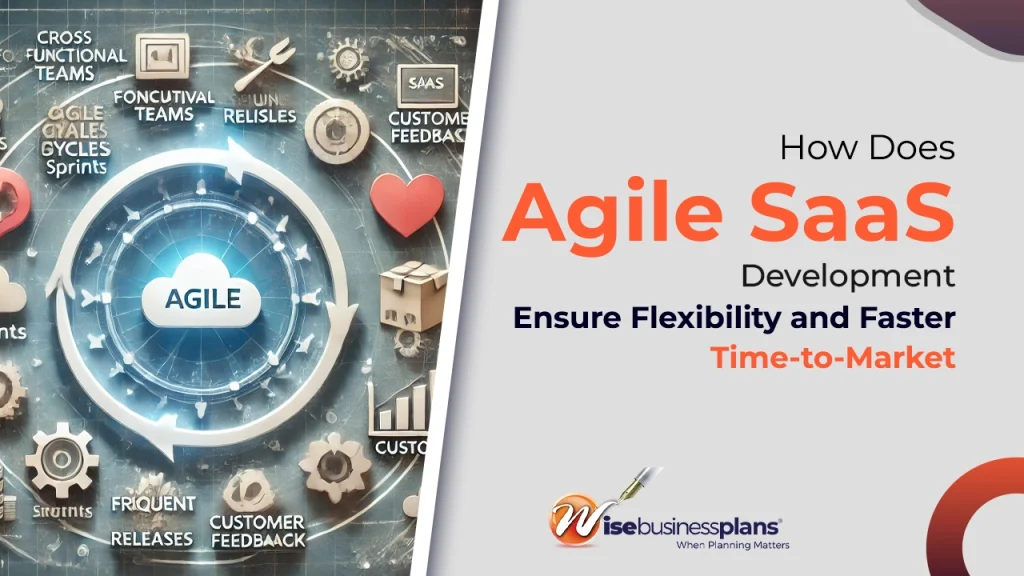How to Diversify Your Retirement Portfolio as a Business Owner
Table of Contents
- Understanding the Basics of Diversification
- Step 1: Assess Your Current Retirement Portfolio
- Step 2: Consider Non-Business Assets
- Step 3: Explore Business-Specific Retirement Plans
- Step 4: Evaluate Passive Investment Options
- Step 5: Plan for Long-Term Liquidity
- Step 6: Consult with Financial Professionals
- Final Thoughts
Every business owner dreams of the day they can retire to a life of peace and comfort, devoting significant resources to their company to make that dream come true. However, while this commitment is admirable, relying too heavily on a single asset—the business itself—can leave you vulnerable when it’s time to hang up the gloves.
In this article, we’ll discuss the importance of diversifying your retirement portfolio and guide you step-by-step through the expansion process as you prepare for retirement.
Understanding the Basics of Diversification
You know that age-old saying about not putting all your eggs in one basket? That’s pretty much how diversification works. The principle is to spread your financial risk across multiple types of assets and reduce the impact of any single underperforming investment.
For business owners, diversification typically means balancing business holdings with assets like bonds, stocks, real estate, and more. The goal is to avoid depending on one specific means as you plan to get financially ready to retire, even if economic conditions shift. Let’s take a look at how you can expand your portfolio in time for retirement.
Step 1: Assess Your Current Retirement Portfolio
Start by documenting all existing investments. This includes your personal savings, business equity, stock portfolios, and retirement accounts. Examine the balance of your portfolio between high-risk and low-risk assets. If your business dominates this mix, you risk substantial losses during downturns.
Overall, analyzing your entire financial picture will show exactly how you can best improve your wealth management plans.
Step 2: Consider Non-Business Assets
Non-business assets come in many forms, such as bonds or real estate. Certain life insurance policies also offer savings or investment components, providing financial security for beneficiaries while complementing a broader estate and retirement strategy.
Real estate investments, for example, are useful for long-term portfolio growth and can provide a more reliable income stream if managed correctly. However, if the real estate market experiences a temporary slump, income from other assets can offset some of those losses.
Step 3: Explore Business-Specific Retirement Plans
Many business owners overlook retirement plans designed exclusively for them. Options like the Simplified Employee Pension (SEP) IRA, SOLO 401(k), and SIMPLE IRA are tailored to entrepreneurs. These allow you to make contributions both as an employer and employee, potentially leading to higher annual contributions than a traditional IRA alone. By maximizing tax-deferred retirement savings, you retain more capital over the long run.
Alternatively, you might consider securing a portion of your retirement funds in precious metals with one of the best gold IRA companies. Gold IRAs diversify your portfolio and may hedge against inflation, as gold historically retains value when markets fluctuate.
Step 4: Evaluate Passive Investment Options
Diversifying often involves adding passive income streams like index funds, dividend stocks, or peer-to-peer lending, which do not require the same daily oversight as your business. Dividend stocks, for instance, deliver regular payouts that can supplement retirement savings, while index funds spread risk across multiple sectors. If one sector slows, another can help cushion your overall returns. This method offers a convenient way to stay invested without constant management.
Step 5: Plan for Long-Term Liquidity
Liquidity means how quickly you can convert assets into cash without taking a significant loss. A common pitfall happens when owners close to retirement discover their business is not as liquid as they expected. Although business growth is important, tying too much capital in a single venture can slow down access to funds when you need them most.
To avoid this, you should balance illiquid investments, like real estate and business equity, with more liquid choices, such as money market accounts and short-term bonds. In addition, consider planning a gradual sell-off or partial ownership transfer in advance to prevent last-minute scrambling.
Step 6: Consult with Financial Professionals
Working with financial advisors or certified public accountants can ensure you explore every viable option. Professionals can guide you through complex questions regarding taxes and estate planning, and provide objective feedback on whether your portfolio’s current asset mix aligns with your retirement timeline.
You should also consider consulting a business planning expert to examine how your company’s structure and growth plans interact with your long-term financial goals. Combining the expertise of both business and financial professionals can reveal major opportunities you might otherwise overlook.
Final Thoughts
Diversifying your retirement portfolio is not a one-time exercise. It is a continuous process that evolves as your circumstances change. By balancing business assets with stable investments, planning for liquidity, and seeking expert advice, you set up a secure safety net for life after entrepreneurship.
Also, remember to revisit your strategy periodically to account for fluctuations in the economy or shifts in your business model. Ultimately, you can reduce vulnerabilities and maintain a pathway to a comfortable retirement, confident in the knowledge that you have spread your financial risk wisely.













